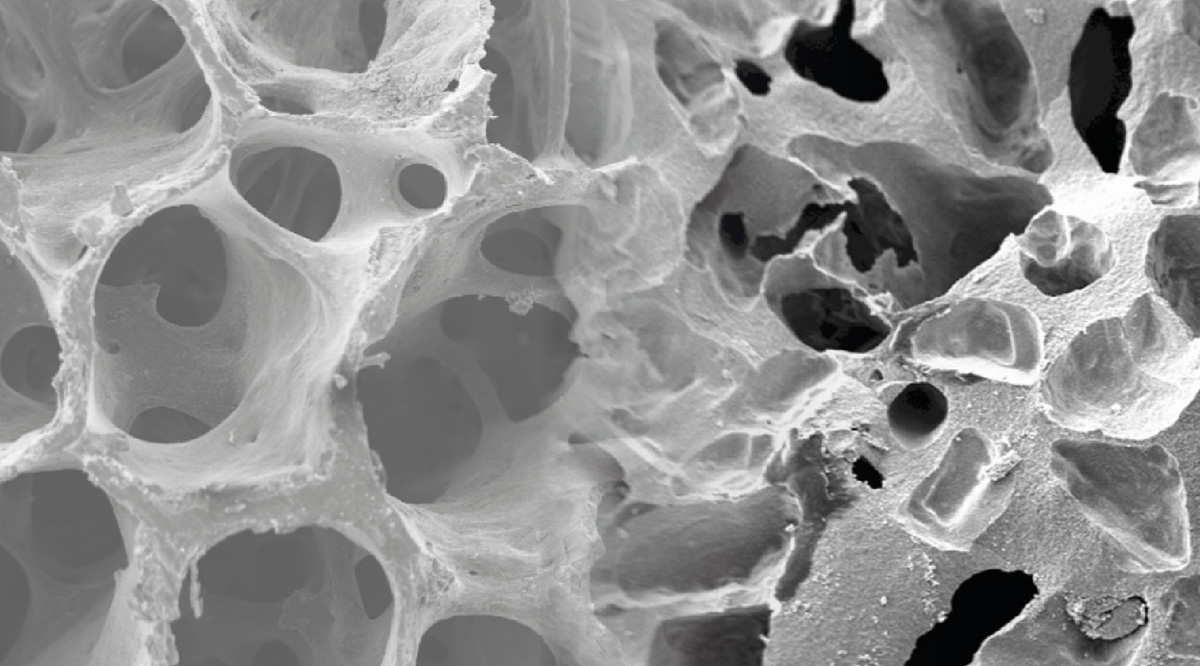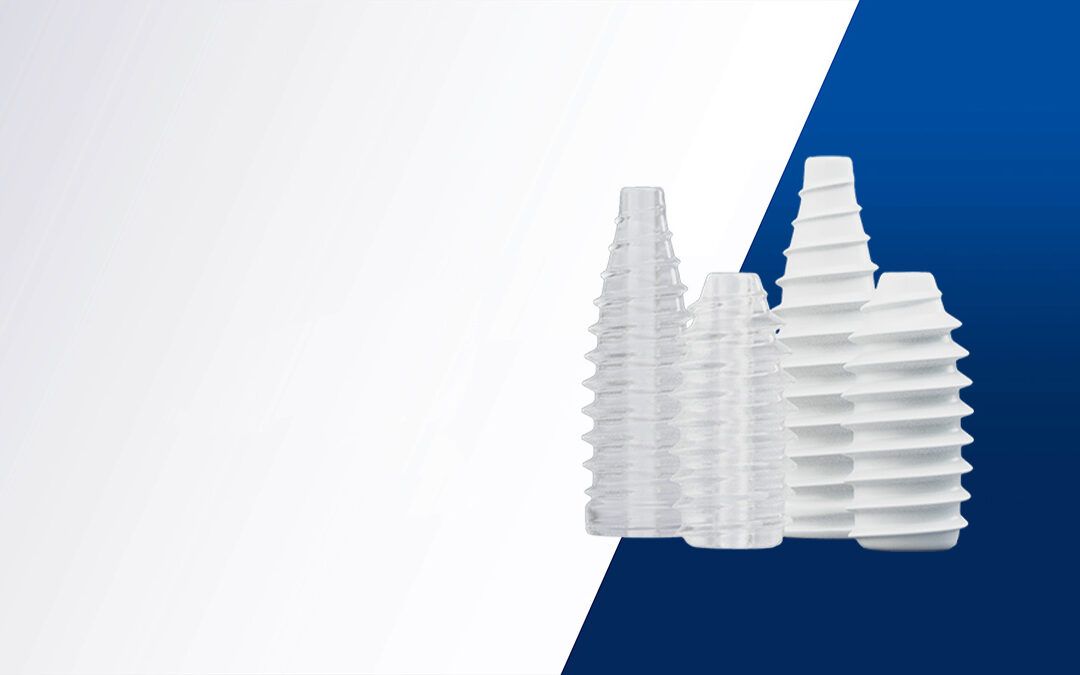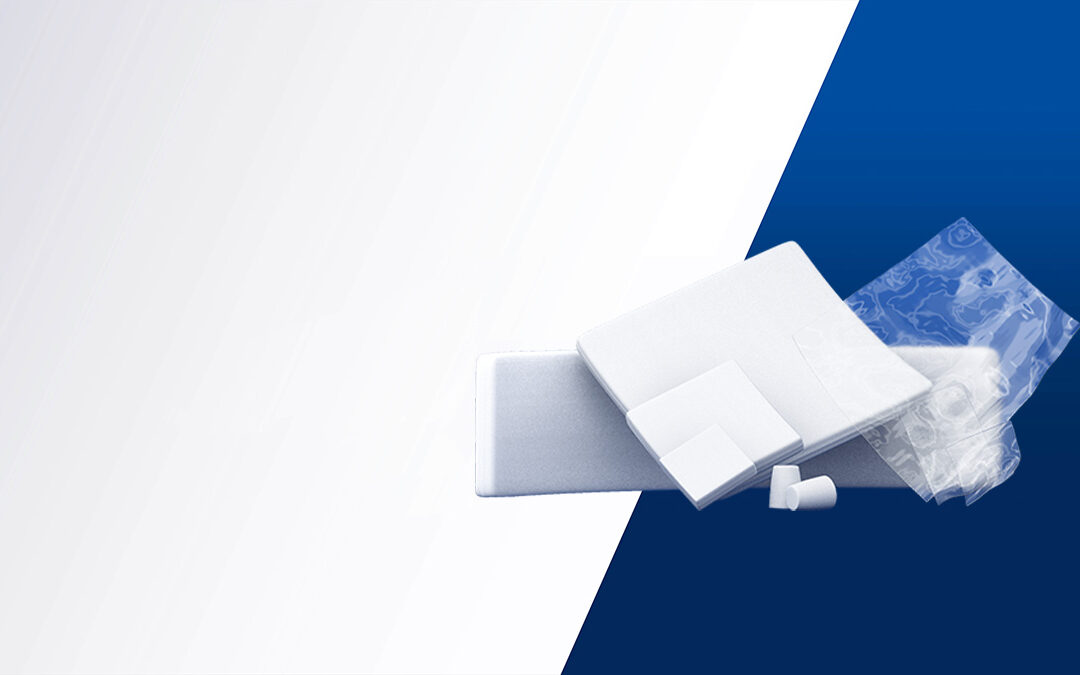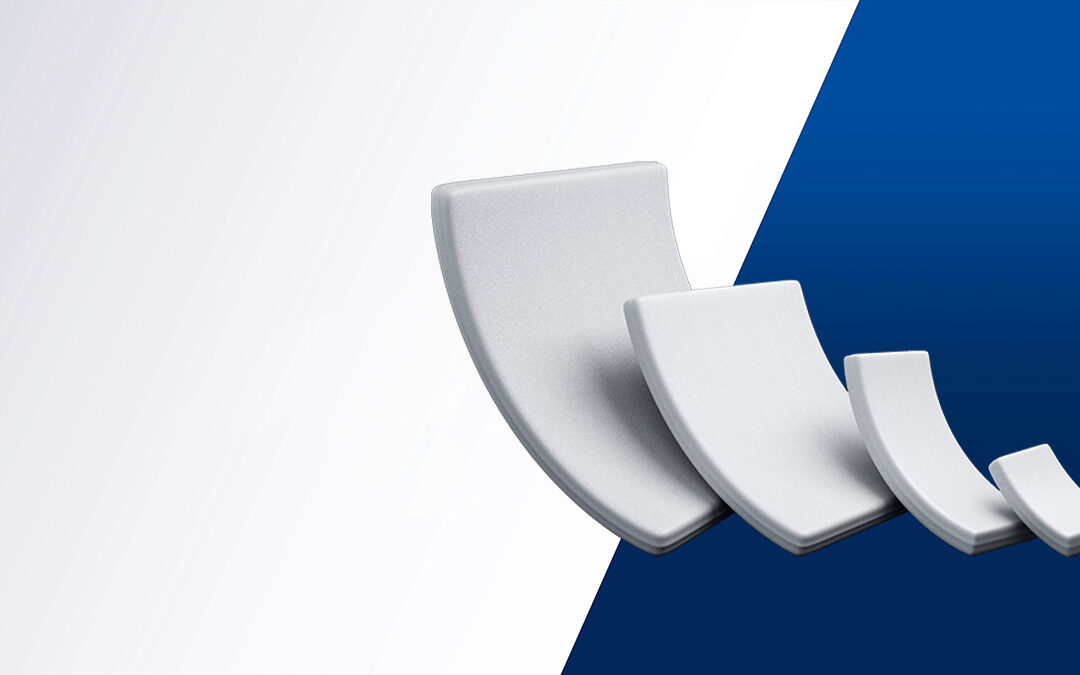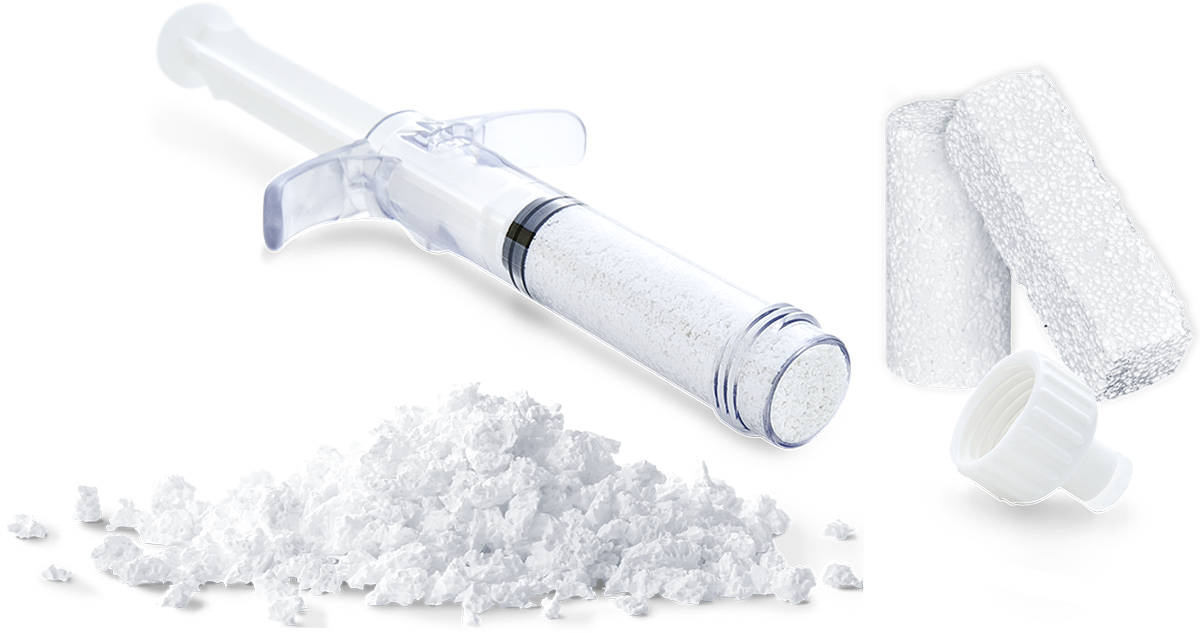
Overview
Bone is a living organ, and is regularly remodelling. However, in certain clinical and pathological situations, the bone repair process could be impaired or compromised. Bone loss due to trauma or general surgery (tumour resection) along with natural aging process will require reconstructive repair surgery, usually accompanied by bone regeneration.
Bone graft substitutes are available as alternatives to autogenous bone for bone repair, bone substitution or bone augmentation and can be derived from biological source (autograft - from patient’s own bone; allograft - from another human donor; or xenograft - from different species (animal or plant); or synthetically made (bone graft substitutes)).
Harvesting autograft bone is usually accompanied with postoperative complications, with no guaranteed quality, and may not be readily available with limited supply.
Advanced Medical Solutions proposes 2 alternatives from different origins:
Synthetic – MBCP® Technology
Xenogenic – RESORBA® Xenogenic Bone Graft (exclusive for dental use)
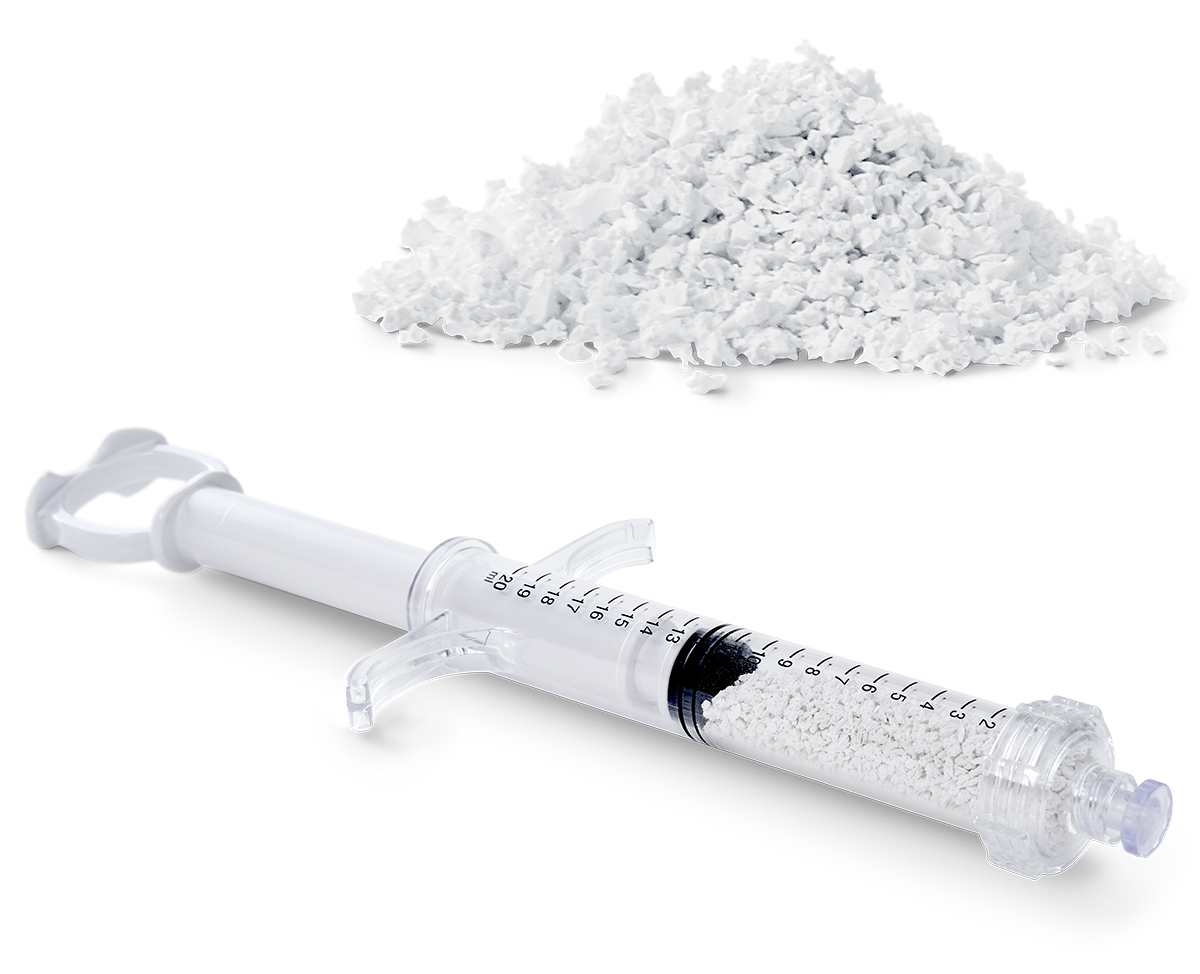
Synthetic bone grafts with their reliable manufacturing process and the possibility of combining them with bioactive molecules, therapeutic agents and cell for tissue engineering, are an attractive alternative to using patient’s own bone (autograft).
There are many synthetic bone sustitute products available, and their properties and behaviour in situ depends on their origin, chemical composition, how they are processed, and the implant site.
Addressing the composition, synthetic calcium phosphates are the largest group of artifical bone graft substitutes for their:
Close resemblance to the mineral component of bone
Biocompatibility
Overall porosity
Biphasic Calcium Phosphates (BCP) have been widely used as synthetic alternative to biological bone grafting material in orthopaedic and maxillofacial surgery. They have proved to be a safe, effective and biocompatible scaffold material for the formation of new bone and are an efficient alternative to the gold standard, the autograft.
How does synthetic bone substitute work?
Bioresorption of calcium phosphate materials is a consequence of physical, chemical, and biological mechanisms that the bone substitute undergoes after implantation. The process of bioresorption is very variable and depends on several factors such as the chemical nature of calcium phosphate ceramics, Hydroxyapatite/beta-Tricalcium phosphate HA/β-TCP ratio, their intrinsic solubility (β-TCP >>> HA), ionic substitutions or phase impurities, their physical properties such as granulometry, porosity, surface area and crystallinity.
Bioresorption also depends on biological factors, such as pH drops due to cell-mediated factors, degree of contact with the bone, health status of the patient and the type of bone. The adequate BCP resorption occurs regularly throughout the implantation period to allow bone formation before the substitute is fully resorbed and maintain the defect volume necessary for bone ingrowth. Indeed, too slow resorption impedes bone remodelling, and too fast resorption reduces mechanical stability and causes fibrous tissue formation instead of osteogenesis.
Global porosity
An interconnected network of macropores and micropores enables the colonisation of bone cells and exchange biological fluid uniformly within the substitute matrix.
Macroporosity describes the interconnected spaces allowing the biological infiltration and cellular colonisation by osteoblasts and osteoclasts, and microporosity allows for the exchange of calcium and phosphate ions into the biological environment.
Gradually, the porous material will be completely replaced by new healthy bone.
MBCP® Technology
Our synthetic bone substitutes are produced with MBCP® Technology (Micro- and Macro-porous Biphasic Calcium Phosphate), leading SMART SCAFFOLD technology which;
Was founded and developed on the research of Prof. Guy Daculsi1, a pioneer in bone regeneration research in France, backed by Dr. Racquel Z. LeGeros2 (Professor of Biomaterials and Biomimetics at New York University) on calcium phosphate research, with 650+ published research and clinical articles between them.
Has been chosen for several international Cells and Tissue engineering programs and clinical trials3 seeking to improve outcomes for particularly challenging patients.
Is regularly presented with our own latest research in the most reputable meetings of the bone grafting specialty (Bioceramics, European Society for Biomaterials, GRIBOI, World Biomaterials Congress).
| Product | ||
|---|---|---|
|
|
RESORBA® Synthetic Bone Orthopaedic | |
|
|
RESORBA® Synthetic Bone Dental | |
|
|
MBCP® Synthetic Bone Substitute | |

MBCP® Technology is available in different solid shapes (cylinders, wedges, blocks, sticks), sizes and volumes to accommodate surgical and anatomical needs but also in putty form (MBCP® granules mixed with a hydrogel that provides cohesion between the granules). MBCP® Technology is also available in 2 different compositions: MBCP® (60% HA / 40% β-TCP), MBCP®+ (20% HA / 80% β-TCP).
Key Features and Benefits4
Product features
Biphasic calcium phosphate
Interconnected macro & microporous scaffold
30+ years of clinical experience
Predictable / Reproducible
Overall porosity of 70%
>1,000,000 units manufactured
Supported by strong scientific and clinical evidence
Leading tissue engineering matrix
Indications For Use
The Synthetic Bone Substitute is intended for use to reconstruct bony voids or bone gaps in maxillofacial applications and orthopaedic applications (e.g. extremities, spine and pelvis).
The performances of the Synthetic Bone Substitute are the filling of bone defects and the bony ingrowth from local osseous tissue onto the surface of the product (osteoconduction process).
Typical indications include:
- Tibial fractures
- Ridge augmentation
- Osteotomies
- Fractures
- Posterolateral spinal fusions
- Periodontal/Intrabony defects filling
- Cystic cavity filling
- Sinus lift
- Implant preparation, placement in extraction sites

1. Prof. Guy Daculsi: researchgate.net/profile/Guy-Daculsi
2. Dr. Racquel Z. LeGeros: researchgate.net/profile/Racquel-Legeros
3. orthounion.com
4. Key features and benefits only apply to MBCP® Technology products
Xenogenic dental offer
Xenogenic bone grafts have been widely used for decades. The osteoconductive character grants for a predictable bone regeneration and long lasting volume stability. It is used in any oral boneregeneration procedure.
RESORBA® xenogenic bone is a porous bone mineral matrix consisting predominantly of calcium phosphate. It is produced by removal of the organic components from porcine cancellous bone. The product is available in granular form, nonpyrogenic.
| Product | ||
|---|---|---|
|
|
RESORBA® Xenogenic Bone Graft | |
The anorganic bone matrix of RESORBA® has interconnecting macro and microscopic porous structure that supports the formation and ingrowth of new bone at the implantation site. The use of RESORBA® xenogenic bone may be considered when autogenous bone is not indicated, or insufficient in quantity to fulfill the needs of the proposed surgical procedure.
Indications For Use
RESORBA® Porcine Xenograft Particulate is indicated for:
- Augmentation or reconstructive treatment of the alveolar ridge
- Filling of infrabony periodontal defects
- Filling of defects after root resection, apicoectomy, and cystectomy
- Filling of extraction sockets to enhance preservation of the alveolar ridge
- Elevation of the maxillary sinus floor
- Filling of periodontal defects in conjunction with products intended for Guided Tissue Regeneration (GTR) and Guided Bone Regeneration (GBR)
- Filling of peri-implant defects in conjunction with products intended for Guided Bone Regeneration (GBR)
Need more information?
To learn more about bone substitutes, download resources and view performance data, visit Resorba.com


